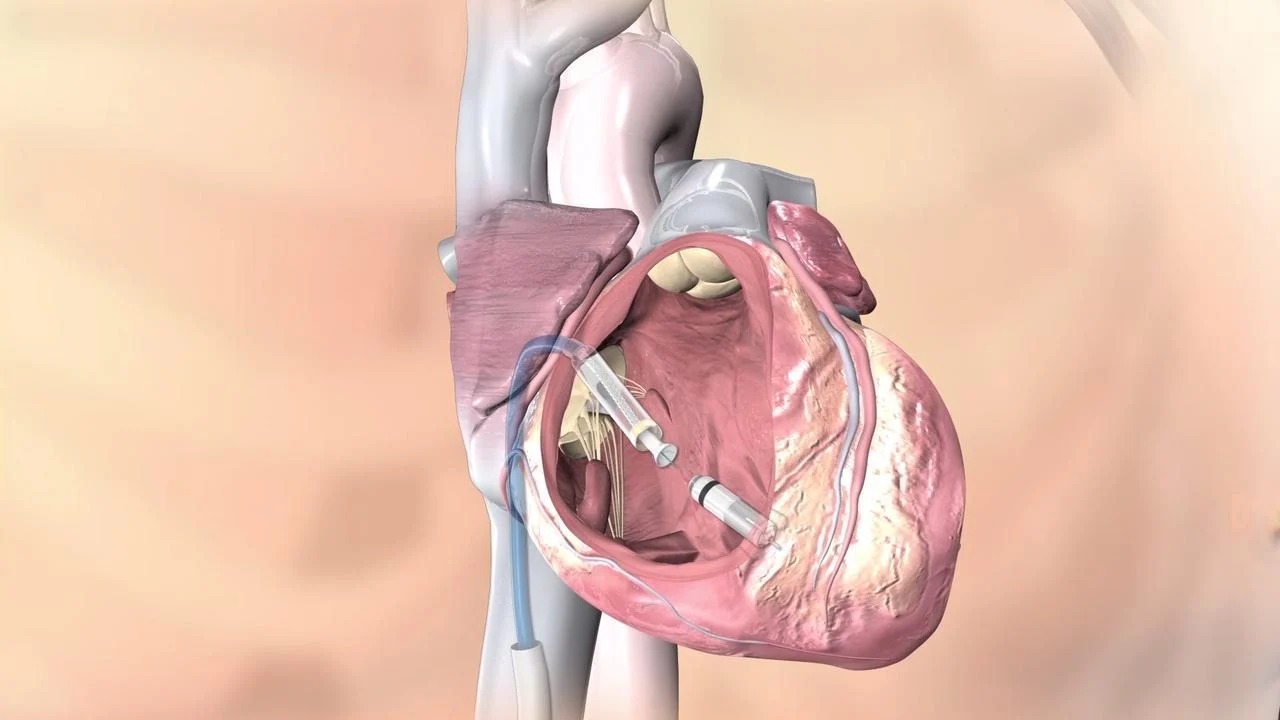
 May 29, 2025 |
5 mins read
May 29, 2025 |
5 mins read For decades, pacemakers have been a cornerstone of cardiac care, quietly and efficiently helping patients with abnormal heart rhythms live longer, healthier lives. But as with all medical technology, innovation never stops.
Now, a new evolution in pacing therapy is redefining what's possible: the leadless pacemaker.
A leadless pacemaker is exactly what the name suggests—a pacemaker that works without wires (leads) and without a surgical pocket under the skin. Roughly the size of a large vitamin capsule, it is implanted directly into the heart through a minimally invasive procedure via the femoral vein (in the leg).
Once placed inside the heart, it begins delivering electrical impulses to regulate your heartbeat just like a traditional pacemaker but without the visible bulge, long wires, or chest incision.
Traditional pacemakers involve a generator placed under the skin, typically near the collarbone, with wires tunneled through veins into the heart. While effective, these leads can sometimes pose risks such as:
The leadless pacemaker eliminates these risks by removing the most vulnerable parts of the system—the leads and surgical pocket. It offers:
It's a perfect example of how medical innovation is not just about function, but about comfort, safety, and patient confidence.
Leadless pacemakers are typically suited for patients who need pacing support. Whether it’s atrial fibrillation with slow heart rates (bradycardia) or AV block conditions, these devices are increasingly becoming the go-to solution.
And the innovation doesn’t stop at single-chamber devices. Today, both single and dual-chamber leadless pacemakers are available, making this technology accessible to a broader group of patients—from those with intermittent rhythm disturbances to those requiring more complex pacing strategies.
As always, the choice of pacemaker must be personalized, depending on clinical needs, patient anatomy, lifestyle, and long-term goals. A consultation with a specialist is key.
The procedure is done under local anesthesia or light sedation and takes about 30–60 minutes. Most patients are able to walk within a few hours and are discharged the same or next day.
There’s no chest scar, no lump under the skin, and very little downtime. Follow-ups are essential, but the overall patient experience is often smoother, simpler, and more reassuring—especially for those with anxiety about surgical implants.
While leadless pacing is a global innovation, India’s contribution to this technology has a name: Dr. Vanita Arora.
Dr. Arora is not just an expert in cardiac rhythm—she’s a trailblazer. In 2016, she became the first doctor in the Asia-Pacific region to perform a live leadless pacemaker implant, changing how pacing therapy is viewed across the continent.
In 2024, she went even further—becoming the first in India to implant the AVEIR Leadless Pacemaker, a next-generation device that promises even more precision, control, and longevity.
With over 200 publications, fellowships from prestigious international institutions, and a trophy cabinet that could rival an Olympian’s, Dr. Arora’s real achievement lies in the thousands of lives she has impacted—one heartbeat at a time.
She currently serves as the Clinical Lead for Cardiac Arrhythmias & Pacing at Apollo Hospital, Delhi, where she continues to offer advanced, compassionate care to patients across India and beyond.
The leadless pacemaker is more than a device. It represents the future of personalized, minimally invasive, and high-impact heart care. It restores not just cardiac rhythm—but quality of life, confidence, and peace of mind.
And with doctors like Dr. Vanita Arora leading the charge, that future is already here.
To consult with Dr. Vanita Arora or learn more about advanced cardiac rhythm therapies, visit www.drvanitaarora.com.
Promoted by Fix Me Digitally